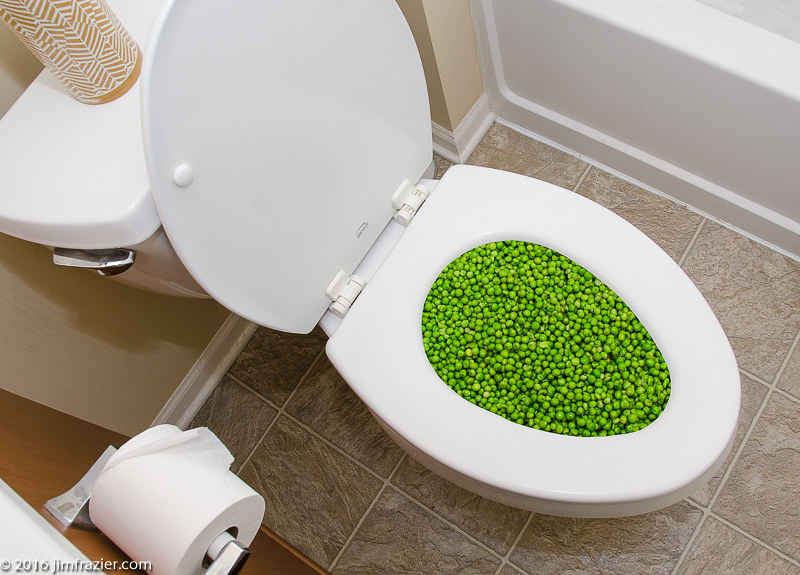Are You Permitted to Flush Food Down the Toilet?
Are You Permitted to Flush Food Down the Toilet?
Blog Article
Everyone is bound to have their own idea with regards to Flushing Food Down the Toilet?.

Introduction
Lots of people are typically faced with the problem of what to do with food waste, particularly when it comes to leftovers or scraps. One common inquiry that arises is whether it's all right to purge food down the commode. In this article, we'll look into the reasons why individuals may think about purging food, the effects of doing so, and different approaches for appropriate disposal.
Reasons that people might take into consideration purging food
Absence of recognition
Some people may not know the possible damage brought on by purging food down the bathroom. They may erroneously believe that it's a harmless method.
Ease
Purging food down the bathroom may appear like a quick and simple option to throwing away undesirable scraps, particularly when there's no neighboring trash can offered.
Negligence
In many cases, people might merely pick to flush food out of large negligence, without thinking about the effects of their activities.
Repercussions of flushing food down the bathroom
Ecological effect
Food waste that ends up in waterways can add to contamination and injury aquatic communities. Furthermore, the water used to flush food can strain water resources.
Plumbing problems
Flushing food can lead to blocked pipes and drains, causing pricey plumbing repairs and hassles.
Types of food that should not be purged
Fibrous foods
Foods with fibrous structures such as celery or corn husks can get entangled in pipelines and cause clogs.
Starchy foods
Starchy foods like pasta and rice can take in water and swell, resulting in clogs in pipes.
Oils and fats
Greasy foods like bacon or food preparation oils should never be flushed down the toilet as they can strengthen and cause clogs.
Proper disposal approaches for food waste
Using a garbage disposal
For homes equipped with garbage disposals, food scraps can be ground up and flushed through the plumbing system. Nonetheless, not all foods are suitable for disposal in this fashion.
Recycling
Certain food packaging products can be recycled, decreasing waste and reducing environmental effect.
Composting
Composting is an environment-friendly means to get rid of food waste. Organic materials can be composted and used to improve soil for gardening.
The significance of correct waste monitoring
Minimizing environmental damage
Appropriate waste monitoring methods, such as composting and recycling, aid minimize air pollution and protect natural deposits for future generations.
Safeguarding pipes systems
By staying clear of the method of flushing food down the commode, house owners can stop costly plumbing fixings and maintain the honesty of their pipes systems.
Verdict
In conclusion, while it might be alluring to purge food down the bathroom for convenience, it is very important to comprehend the potential effects of this action. By embracing correct waste management practices and disposing of food waste sensibly, individuals can contribute to healthier pipes systems and a cleaner setting for all.
THINK TWICE BEFORE FLUSHING FOOD DOWN YOUR TOILET IN FALLBROOK CA
Let’s be honest, we’re really supposed to be tossing rotten or leftover food in the compost bin or trash can. But many people like to place scraps of food down the drain of, say, their kitchen sink. That’s why the garbage disposal was invented: so we can continue to place certain foods down the drain without clogging our drain in the process. Smart.
But not all of us have the luxury of having a garbage disposal installed. So, you might continue to shove food down your sink drain anyway – or worse: you might flush them down your toilet! If you’re guilty of doing the latter, you’re going to want to stop, and here’s why:
Toilet Drains Aren’t Designed to Handle Food!
There’s your answer: food just doesn’t belong in your toilet. It may seem like your toilet drain is wider than the drains of your sinks, but truth be told, that isn’t actually the case. The narrower pipes of your toilet leave your plumbing at risk for clogging if you do happen to flush your food. In addition, food doesn’t break down as quickly that toilet paper and human waste do. In turn, this leaves your toilet at risk for a nasty clog.
Although a flush of a tiny pinch of food every now and then isn’t going to completely damage your toilet, there are certain foods that should absolutely not be flushed in your toilet at all. These include starchy foods like mashed potatoes, grains, hard pieces of food that are slow to break down, and fats and oils.
The latter categories of food are particularly problematic as they may harden, expand as they absorb water, break down slowly in your system, or generally create the perfect obstruction with their gelatinous composition. These are all things you don’t want in your plumbing system!
Experiencing a Toilet Clog?
Nobody’s perfect, and we all make mistakes. Sometimes one of the mistakes people make is flushing food down their toilet and later realizing that it wasn’t the best thing to do once they see that their toilet is now clogged. Uh-oh!

Do you appreciate reading about Think Twice Before Flushing Food Down Your Toilet? Place a review directly below. We will be glad to know your suggestions about this write up. We are looking forward that you visit us again before long. Feel free to set aside a second to promote this write-up if you enjoyed reading it. We truly appreciate your readership.
Visit Url Report this page